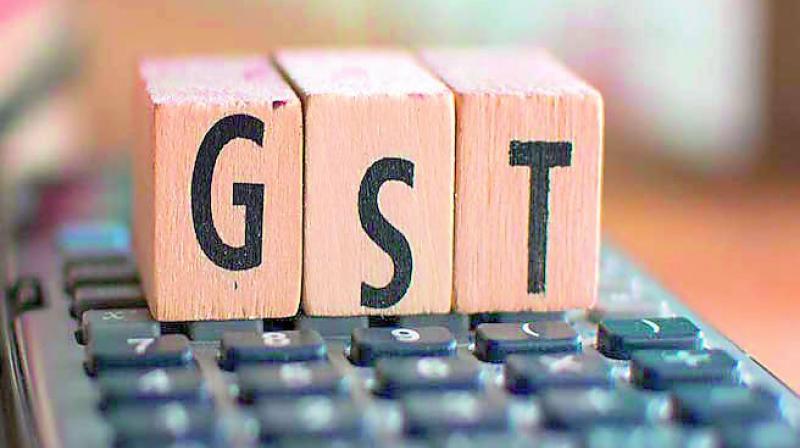New Delhi: July heralds one year of the introduction of the Goods and Services Tax (GST) regime in the Indian economy. More than 1 crore businesses have registered under GST, subsuming over a dozen different indirect central and state taxes.
The last one year has been a period of apprehensions and uncertainty; however, with combined efforts of various associations and the government, lack of awareness and technological issues were deftly dealt with along with giving businesses enough time to transition smoothly.
In the last few months, there has been mounting criticism on the implementation of this tax reform. Formats and frequency of returns, frequent lags in technology, refunds, Input tax credit and introduction of new elements like e-way bill have all added to the uncertainty amongst business owners.
However, inspite of initial glitches and challenges, experts closely involved with GST from Day 1 feel positive about the long-term effects of GST.
“The last one year has seen its fair share of ups and downs from a GST perspective. Businesses have had a tough time in coming to terms with the new law, the new processes and complying with GST. Industries across saw an initial slowdown but now slowly things are inching towards stability. The government too on its part has been working towards making things simple for the businessman and applying corrections as per feedback received from the ground,” said D S Rawat, Secretary General – ASSOCHAM.
Adding to this he said that the new simplified regime proposed some time back hasn’t moved enough which is supposed to make it absolutely simple for businesses to comply and greater certainty over input tax credit.
“The introduction of the E-Way Bill system has resulted in smooth movement of goods and thereby significant reduction of turnaround time for transportation. Initial anxieties are settling, but still there is long way for GST to eventually be called a ‘Good and Simple Tax’. Robust IT system (i.e. GSTN network) with minimal fall outs, simplified system of return filing and matching of credits, further rationalising the 28 percent rate slab to exclude certain items of mass consumption like colour television, air conditioners etc. It might take another couple of years or more for GST to completely stabilise and settle down,” said chairman, Indirect Taxes Committee, PHD Chamber of Commerce and Industry, Bimal Jain.
“Simplification of GST as a step towards making compliance simpler is still some distance away and one expects decisions to this effect to move faster. This is particularly important as one of the key learnings from the year gone by is that a semi-complete technical process, for eg. having GSTR 1 but no GSTR 2 is problematic both for the government as well as the taxpayer since compliance is not complete and confusion persists. The decisions for GST 2.0 have been taken and one is looking forward for its actualization so that the economic acceleration that GST is capable of can come alive,” said MD Tally Solutions, Bharat Goenka.
Going forward in the next phase of the GST cycle, the government will have to work towards making compliance simpler so that the resultant benefits can be felt by both the tax payers as well as the government. Taking key learnings from the last 1 year, ensuring adequate time is allotted to stabilize the technology backbone, providing required clarity and spreading awareness among key stakeholders will boost confidence and build morale in the economy. (ANI)

